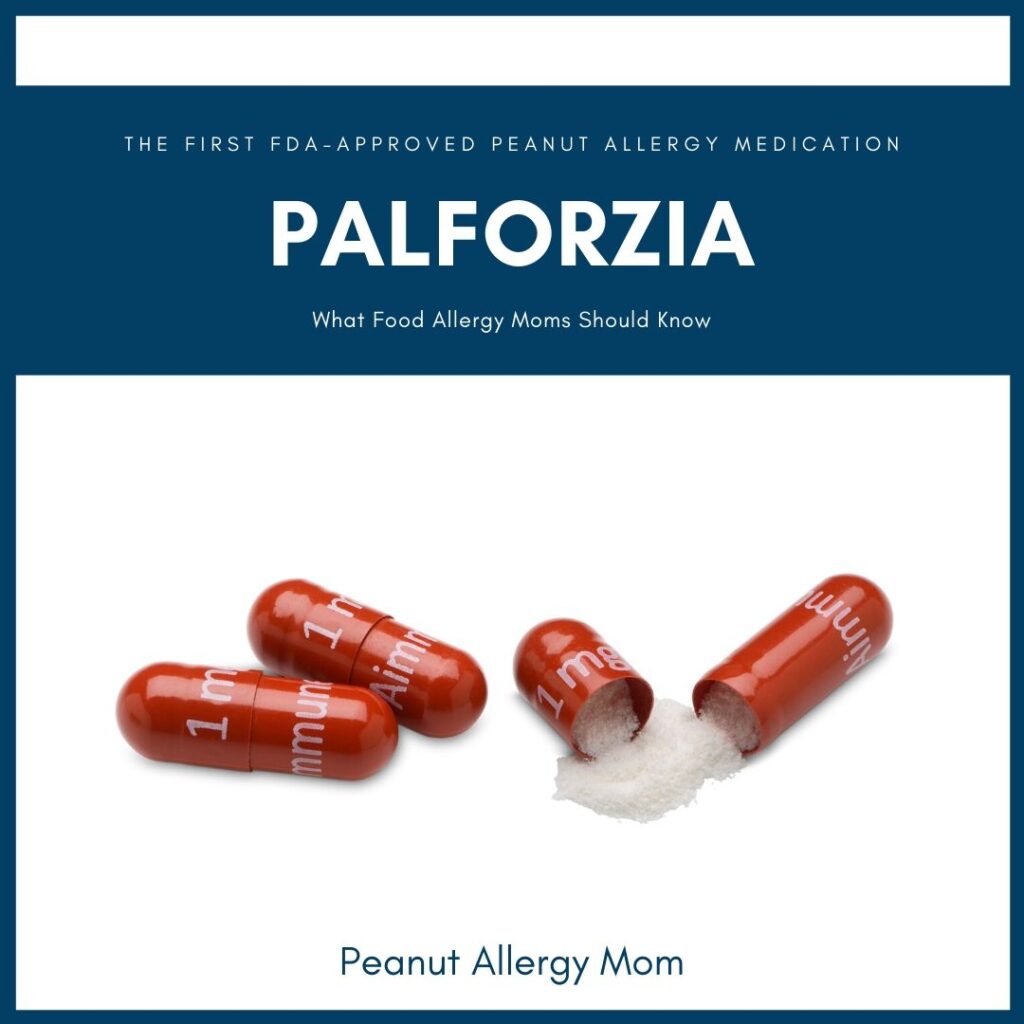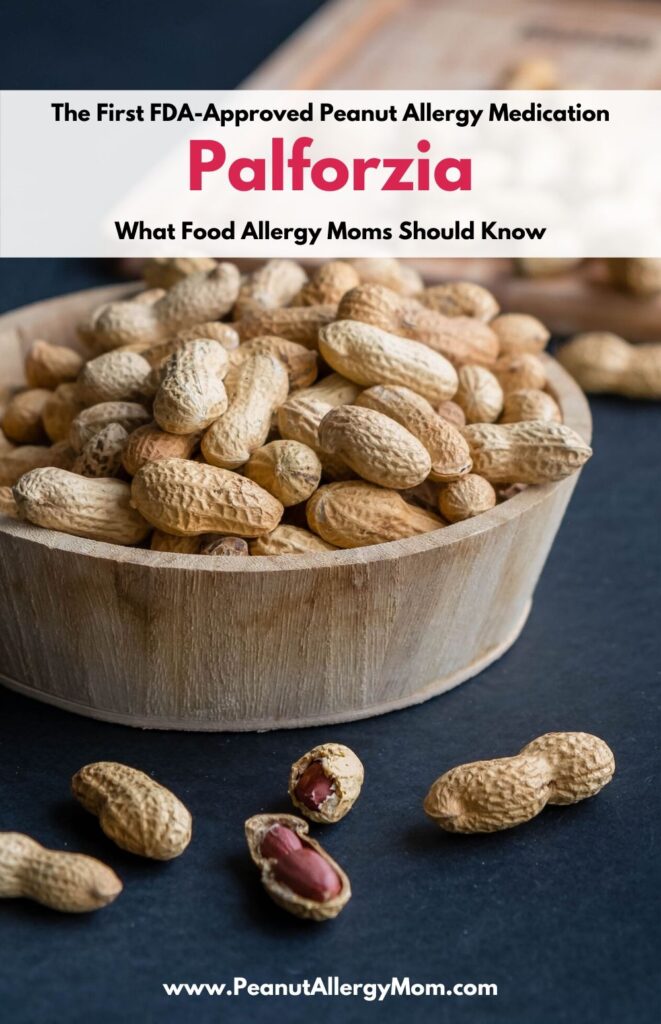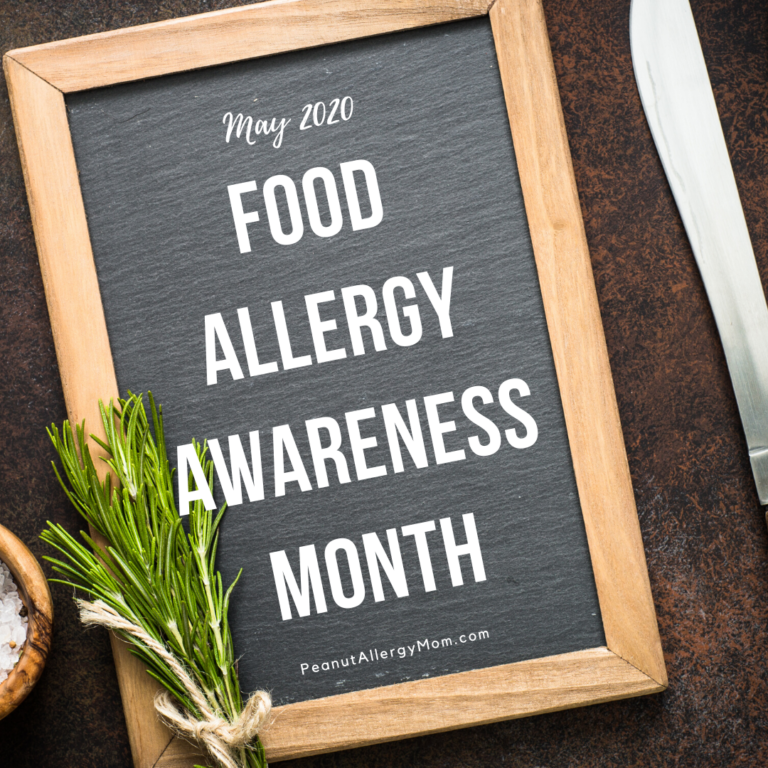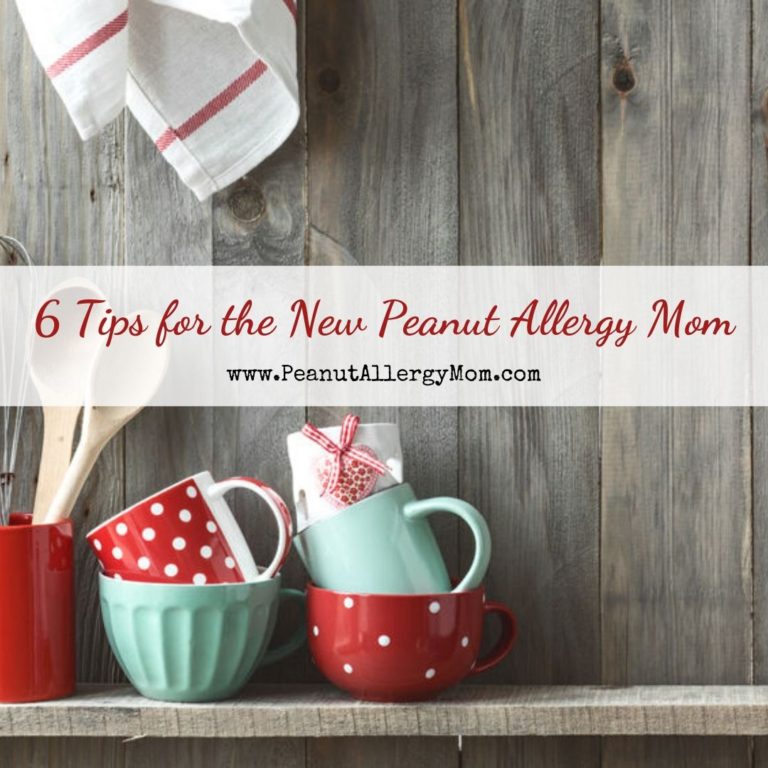Palforzia: What Peanut Allergy Moms Should Know About the New Medication
The Food and Drug Administration last month approved Palforzia, the first treatment for peanut allergies. I believe this signals the beginning of a bright future for treatments for food allergy. And it serves as a monumental milestone for nut allergy families.
The approval is major news and understandably so. More than 32 million people in the United States have food allergies, and of those, more than 1 million children have peanut allergies (and only 1 in 5 will outgrow their allergy).

It’s a significant step in treating peanut allergy. The new drug will mitigate allergic reactions, including anaphylaxis, that may occur with accidental exposure to peanuts. The life-changing drug is approved for people ages 4 through 17 with a diagnosis of peanut allergy.
But while it’s an exciting time for the medical community, we are still a long way from a cure.
?? Read my interview in the Daily Texan: FDA Approves Palforzia, The First Drug to Treat Children with Peanut Allergy.
News like this will help us continue to put peanut allergies on the radar in the medical community and elsewhere. The conversations we’re having today about peanut allergy are remarkably different from when I started this journey in 2004.
And it will look significantly different a decade from now. We have things like the FDA’s approval to thank for this. I remember telling people about Matthew’s nut allergies and they would look at me with a deer-in-the-headlights look. People didn’t know how to respond. They were confused and overwhelmed (welcome to our world, right? ??♀️).
Today, the words peanut allergy don’t register confusion or shock. Instead, most people attempt to finish our sentences for us, as if to confirm a certain level of knowledge about Matthew’s needs.
What is Palforzia and How Does it Work Exactly?
Palforzia is an oral immunotherapy (OIT) for desensitization of patients with peanut allergy.
Patients ingest small doses of peanut protein and gradually increase it until the body builds up tolerance to peanuts. After about six months, patients can potentially tolerate the equivalent of about 1-2 peanuts.
It’s not a cure. Patients must avoid peanuts like they always have, and carry epinephrine at all times to treat any potential incidents.
However, some patients may not be good candidates for the treatment, including those who have uncontrolled asthma. There’s also some serious side effects to consider: nausea, vomiting, hives, wheezing, and – of all things – anaphylaxis.
For us, successfully managing Matthew’s peanut and food allergies has always centered on avoidance, and it will remain that way for our family.
Our family agreed that living with severe, life-threatening food allergies is such a scary place to be without adding potentially harmful side effects and expensive medical bills to the mix.
Palforzia and Three Phases to Treatment
The first phase, called Initial Dose Escalation, is a one-time dose that happens under medical supervision in case a severe reaction occurs. The peanut powder, which comes in capsules, is mixed into a semi-solid food such as yogurt.
Then come 11 Up-Dosing levels, each consisting of a higher dose of peanut allergen. The first day of each of level is also done under medical supervision, and the others at home. According to several articles, this process can take several months to complete.
After this is a Maintenance stage, in which the patient needs to mix a packet of the powder into food (again, they recommend something like yogurt) every day. How long is the maintenance stage? How much does it cost? And are the potential side effects the same as for the other phases?
Peace of Mind Comes at a Cost
Palforzia will cost $890 a month – or about $11,000 a year – according to Aimmune Therapeutics, the company that makes the drug. There will be a copay program for eligible patients as well as an assistance program to provide Palforzia at no cost to those who are eligible.
My questions: how will the need for assistance be determined, and how long will eligible patients be part of the copay program?
We need to make sure Palforzia is affordable and accessible – without an assistance program – to all people with a peanut allergy, regardless of income, race or gender.
So what happens when a family realizes a year into this treatment that they can no longer afford to shoulder the $11,000 annual cost and they don’t qualify for copay assistance?
We’ve seen this with other peanut allergy medications like epinephrine, which cost $100 in 2009 and shot up to $608 in 2016. Even with our half-decent health insurance plan, we pay roughly $250 for the first set of auto-injectors and $50 for each additional set.

Keep in mind, if a child discontinues to maintenance dose, their protection may decrease. But again, it’s hard to predict how any one person will react at all to any of the treatments.
My final take on this: The treatment is risky, costly and dangerous, but so is having a peanut allergy. It’s up to each individual family to determine what’s best for you and your child.
No matter what you decide, I think we’re in an exciting time in healthcare. In fact, rival DBV is slated to announce its groundbreaking medication, Viaskin Peanut, later this year.
These treatments will help revolutionize how we look at other therapies and handle all food allergies. It validates our journey, enables us to continue having serious conversations and brings hope that someday we will find a cure.
I’d love to hear what your thoughts are about Palforzia. Comment below or on my Facebook page. What concerns you? Has your family discussed possibly participating in this treatment?





